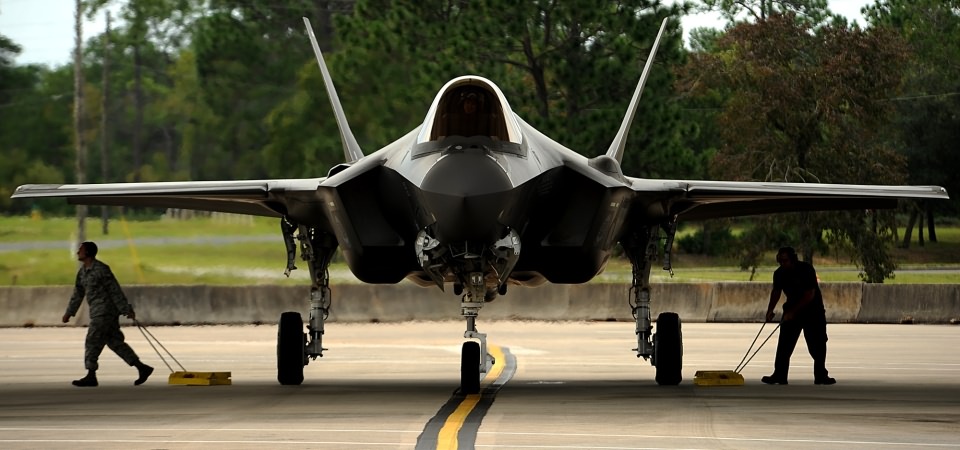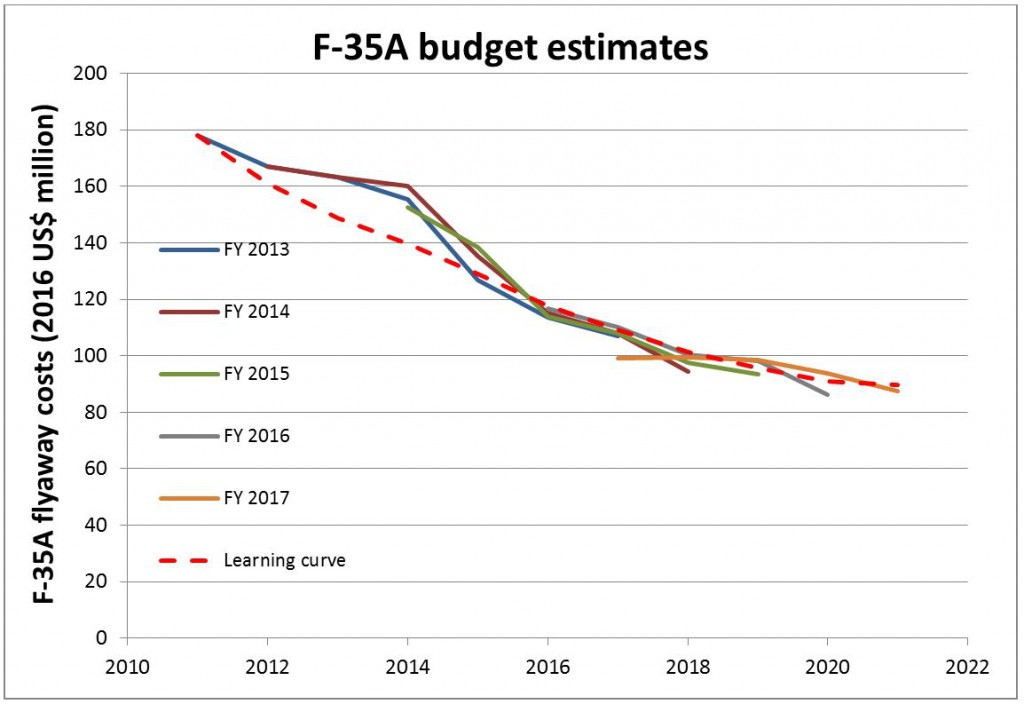US halts F-35 operations
October 13, 2018 | Expert Insights

The United States temporarily suspended operations for its fleet of F-35 fighter jets for 24 to 48 hours to check for possible faulty fuel tubes in the engines of the planes.
Background
The Lockheed Martin F-35 Lightning II is a family of single-seat, single-engine, all-weather stealth multirole fighters. The fifth-generation combat aircraft is designed to perform a ground attack and air superiority missions. The fighter, first flown in 2006, was developed by Lockheed Martin as a versatile aircraft that could be used by the US Air Force, Marine Corps and Navy.
It has three variants: conventional take-off and landing (A); short take-off and vertical landing (B) and carrier-based catapult (C).
The F-35's nine partner countries are the United States, Australia, Canada, Denmark, Italy, the Netherlands, Norway, Turkey and the United Kingdom. Suppliers in each country are producing F-35 components for all aircraft, not just those for their country. The total cost of the F-35 program has increased from $233bn in 2001 to $391bn — making it the US Department of Defence’s "most costly and ambitious acquisition program".
On 2 August 2016, the U.S. Air Force declared its first squadron of F-35A fighters combat-ready.

Analysis
The United States temporarily suspended operations for its fleet of F-35 fighter jets for 24 to 48 hours to check for possible faulty fuel tubes in the engines of the planes, after a crash in South Carolina late last month raised concerns about whether the part was to blame.
The Pentagon said in a statement on Thursday that the U.S. military and its international partners, which have also purchased F-35 fighter jets from contractor Lockheed Martin, would be suspending flight operations to inspect the fuel tubes out of caution.
“If suspect fuel tubes are installed, the part will be removed and replaced,” the Pentagon said in a statement. “If known good fuel tubes are already installed, then those aircraft will be returned to flight status. Inspections are expected to be completed within the next 24 to 48 hours.”
The engines in question are made by aerospace manufacturer Pratt & Whitney, a secondary contractor on the F-35. “We’re fully supporting our customers in helping them to identify the problem parts and come up with a proper solution for replacement,” said John Thomas, a company spokesman.
The U.S. military and some foreign partners had already put planes back into service without the suspect fuel tube back. Only planes with a fuel tube from a certain supplier require replacement, and so far, officials believe that number is limited to about half the roughly 340 aircraft in service.
According to the Pentagon, the decision to temporarily suspend operations for the fleet is the result of initial data that investigators gathered in their probe of last month’s crash. The F-35 has attracted attention not only for its capabilities but also for its cost after delays and overruns helped make the fighter jet program the most expensive in the Pentagon’s history.
Assessment
Our assessment is that the first crash of a new military plane provides critical feedback to the manufacturers for potential improvements. Lockheed Martin will look to study the causes for the crash once the investigation is done, and will prepare an improvement for future planes. We believe that the crash comes at a crucial time for the F-35 as it just concluded its first combat operation in Afghanistan in the last week of September.








Comments